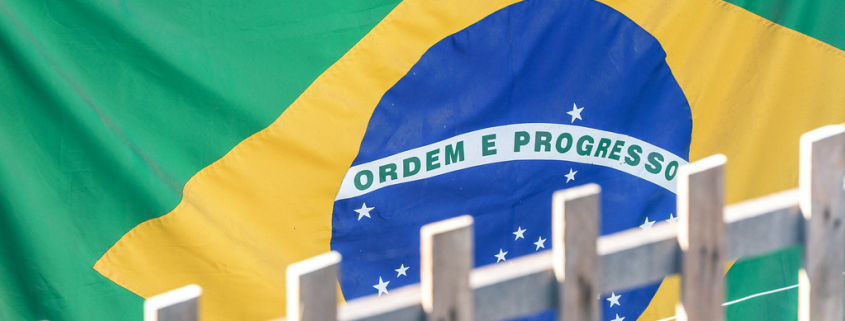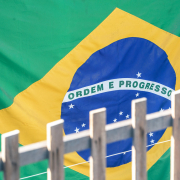According to figures released by the Brazilian Association of Fruit and Derivative Export Producers (Abrafrutas), the sector saw a 16% increase in volume and 8.5% increase in the value of fruit exports. More than 980 million tonnes were exported, compared to 848 million in 2018, and revenue jumped from $790 million in 2018 to $858 million in 2019.
Image source: “Brasil” by ruifo is marked with CC BY-NC-SA 2.0.



